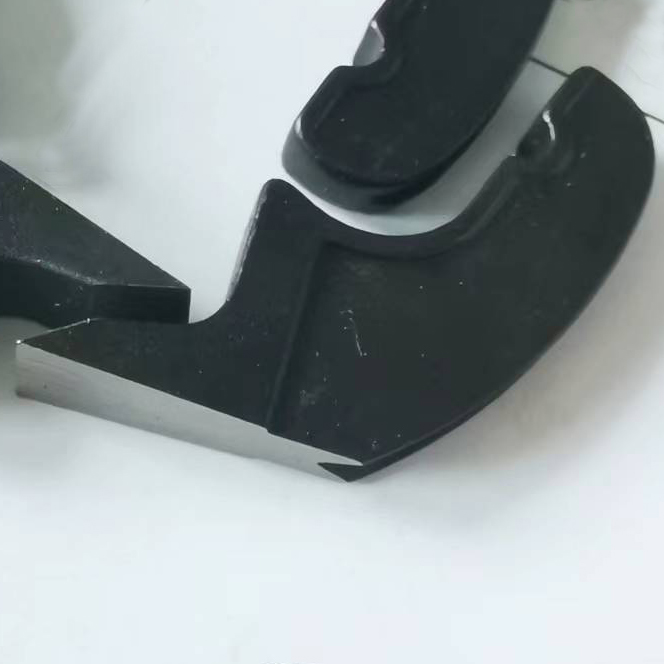Sawmill Replacement Teeth
Sawmill Replacement Teeth: Enhancing Efficiency in Wood Processing
In the timber industry, sawmills play a crucial role in transforming raw logs into various wood products. The efficiency and accuracy of sawmill operations heavily rely on the quality and performance of the cutting tools, particularly the sawmill replacement teeth. This article explores the importance of these teeth in enhancing productivity, ensuring safety, and maximizing the overall performance of sawmill operations.
1. The Role of Sawmill Replacement Teeth
Sawmill replacement teeth are specialized cutting tools that are designed to replace worn-out or damaged teeth on saw blades. These teeth are essential components of the sawmill’s cutting mechanism, as they determine the precision and smoothness of the cutting process. By replacing old or dull teeth with new ones, sawmills can maintain optimal cutting performance and prevent potential hazards.
2. Enhancing Productivity
One of the primary benefits of using high-quality sawmill replacement teeth is improved productivity. Sharp and well-maintained teeth ensure clean and accurate cuts, reducing material waste and increasing the yield of usable wood products. A smooth cutting process facilitated by efficient teeth allows sawmills to operate at higher speeds without compromising the quality of the end product. This results in increased production capacity and reduced processing time, ultimately leading to enhanced profitability for sawmill operators.
3. Ensuring Safety
Sawmill operations involve inherent risks due to the powerful machinery and fast-moving blades involved. Dull or damaged teeth can cause the saw blade to vibrate, leading to unstable cutting and potentially dangerous situations. By regularly replacing worn-out teeth, sawmill operators can mitigate risks associated with accidents, such as kickbacks and flying debris. Well-maintained teeth contribute to stable cutting processes, reducing the likelihood of blade malfunctions and enhancing overall safety in the workplace.
4. Maximizing Performance
The performance of a sawmill depends on various factors, including the quality and durability of its cutting tools. By utilizing high-performance replacement teeth, sawmill operators can optimize the performance of their equipment. Premium-grade teeth are designed to withstand heavy usage, maintain sharpness, and resist wear and tear. This ensures consistent cutting performance over time, minimizing downtime for blade replacements and reducing maintenance costs.
5. Choosing the Right Replacement Teeth
Selecting the appropriate sawmill replacement teeth is crucial for achieving desired outcomes. Factors such as tooth design, material composition, and compatibility with specific saw blades should be considered. Different types of wood species may require specific tooth profiles to achieve optimal cutting results. Consulting with industry experts or manufacturers can provide valuable insights into choosing the most suitable replacement teeth for specific sawmill applications.
Sawmill replacement teeth play a significant role in enhancing efficiency, productivity, and safety in wood processing operations. These specialized cutting tools ensure clean and precise cuts, resulting in reduced waste and increased production capacity. By regularly replacing worn-out teeth, sawmill operators can mitigate risks associated with accidents and maximize the overall performance of their equipment. Choosing the right replacement teeth is vital for achieving optimal cutting results. By investing in high-quality teeth and adopting appropriate maintenance practices, sawmill operators can unlock the full potential of their operations and stay competitive in the timber industry.

